The most memorable travel experiences often happen just beyond the boundaries of famous destinations. While iconic attractions deservedly draw crowds, nearby communities frequently offer authentic local culture, lower prices, and breathing room from tourism pressures while still providing convenient access to major sights.
Here is a list of 20 charming small towns situated near major U.S. tourist destinations. These towns offer peaceful alternatives for travelers seeking authentic experiences without sacrificing proximity to famous attractions.
Flagstaff, Arizona

Just 80 miles from the Grand Canyon, this historic mountain town offers a charming downtown with preserved railroad-era buildings, excellent local breweries, and a sophisticated dining scene. The 7,000-foot elevation keeps summers cooler than nearby desert regions, while its International Dark Sky City designation makes stargazing exceptional after daytime canyon exploration.
Pescadero, California
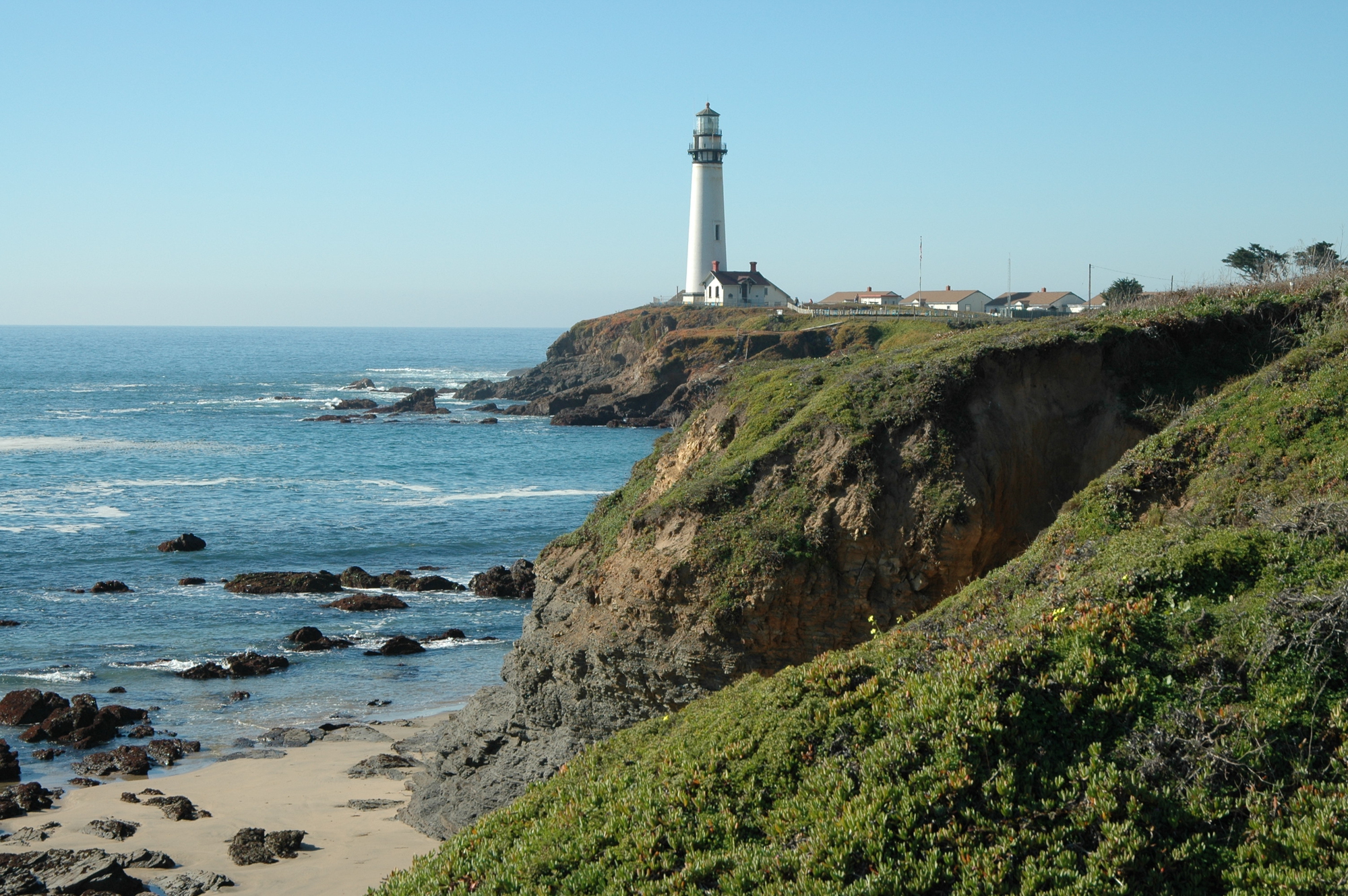
Lying 15 miles from popular Half Moon Bay and an hour from San Francisco, this coastal farming community remains untouched by mass tourism. The quiet main street features locally-owned shops, an artisanal bakery famous for artichoke bread, and farm-to-table dining.
Nearby Pescadero Marsh provides excellent bird watching, while isolated beaches offer peaceful alternatives to crowded coastal destinations.
Beacon, New York
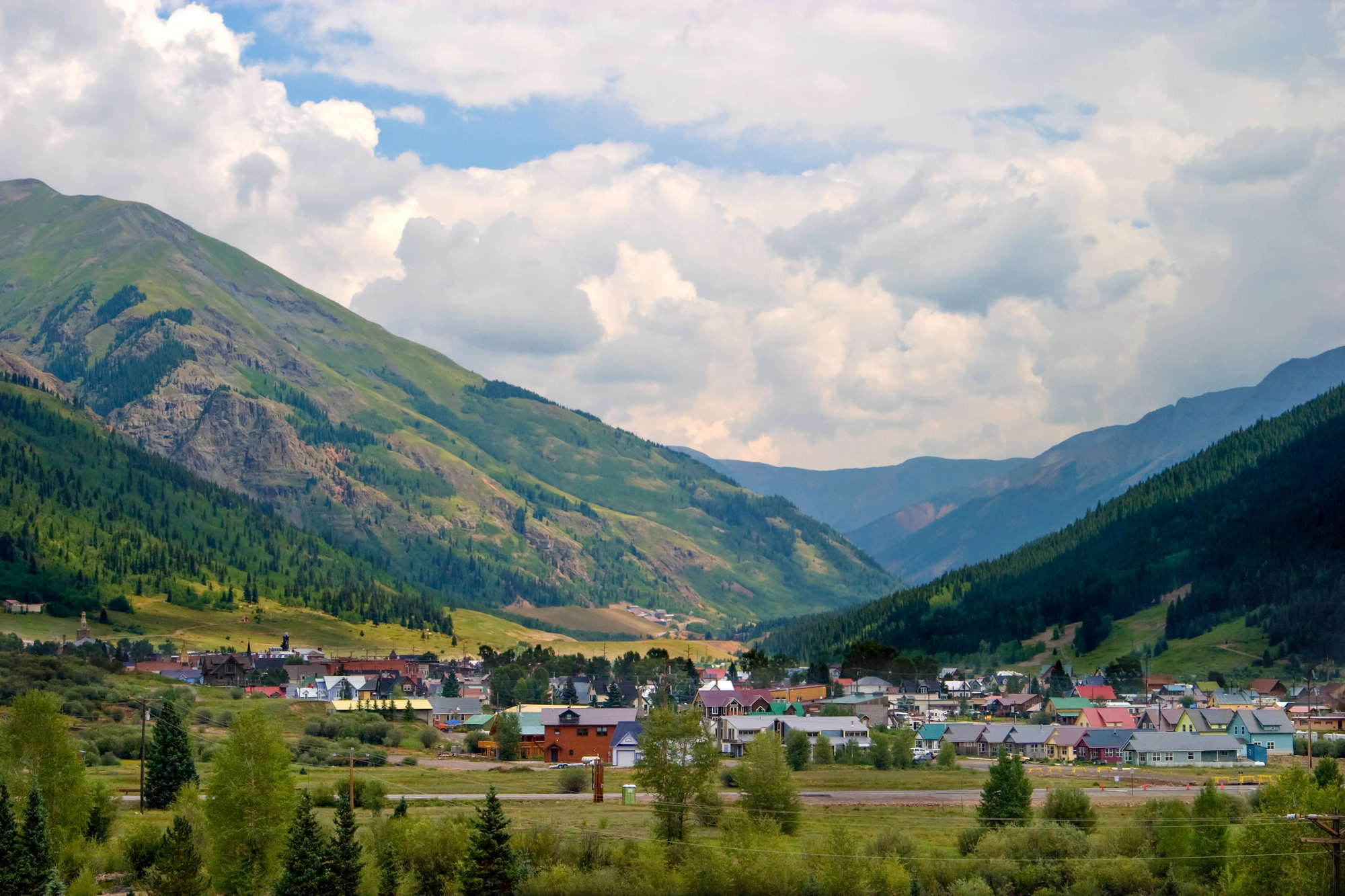
This Hudson Valley town is 65 miles north of Manhattan and accessible via direct Metro-North trains. Once a declining industrial center, Beacon has transformed through revitalization anchored by Dia: Beacon Contemporary Art Museum.
The walkable Main Street features independent galleries, craft beverage producers, and creative dining options without the tourism saturation of more famous Hudson Valley towns.
Like Travel Pug’s content? Follow us on MSN.
Silverton, Colorado
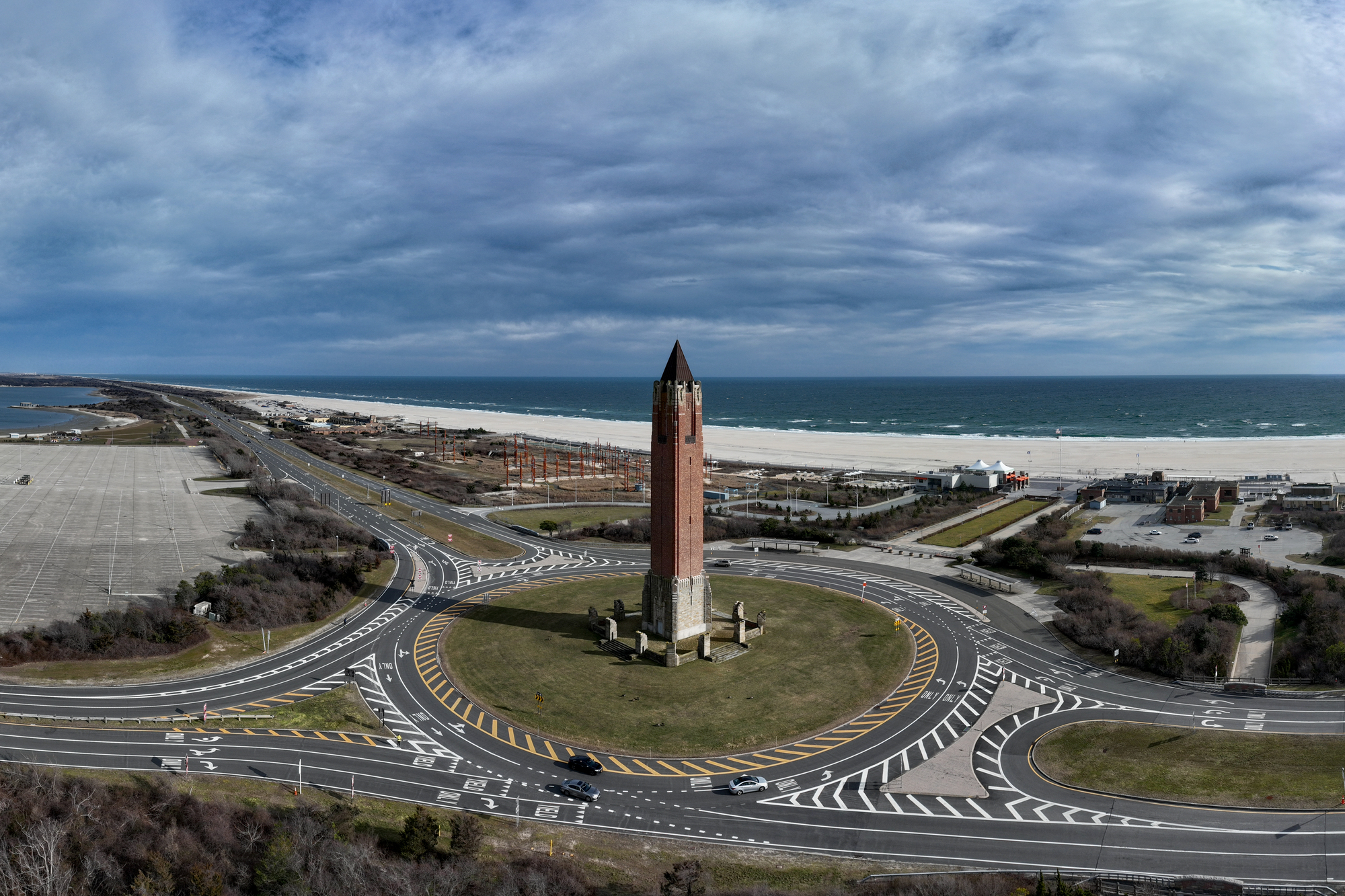
While Durango attracts crowds with its famous railroad, this authentic mining town, 48 miles deeper into the mountains, preserves genuine mining heritage without commercial polish. The National Historic District encompasses over 80 buildings from the 1800s mining boom.
Visitors enjoy the lack of chain businesses, locally-owned restaurants, and proximity to the spectacular Million Dollar Highway.
Ferndale, California

Just 15 minutes from bustling Eureka and tourist-oriented Mendocino, this preserved dairy town offers a glimpse into California’s rural heritage. The entire village is a state historic landmark featuring Victorian “Butterfat Palaces” built with dairy wealth.
This authentic working community provides a refreshing counterpoint to tourism-dependent coastal towns, with family-owned businesses and nearby beaches along the rarely visited Lost Coast.
Point Roberts, Washington
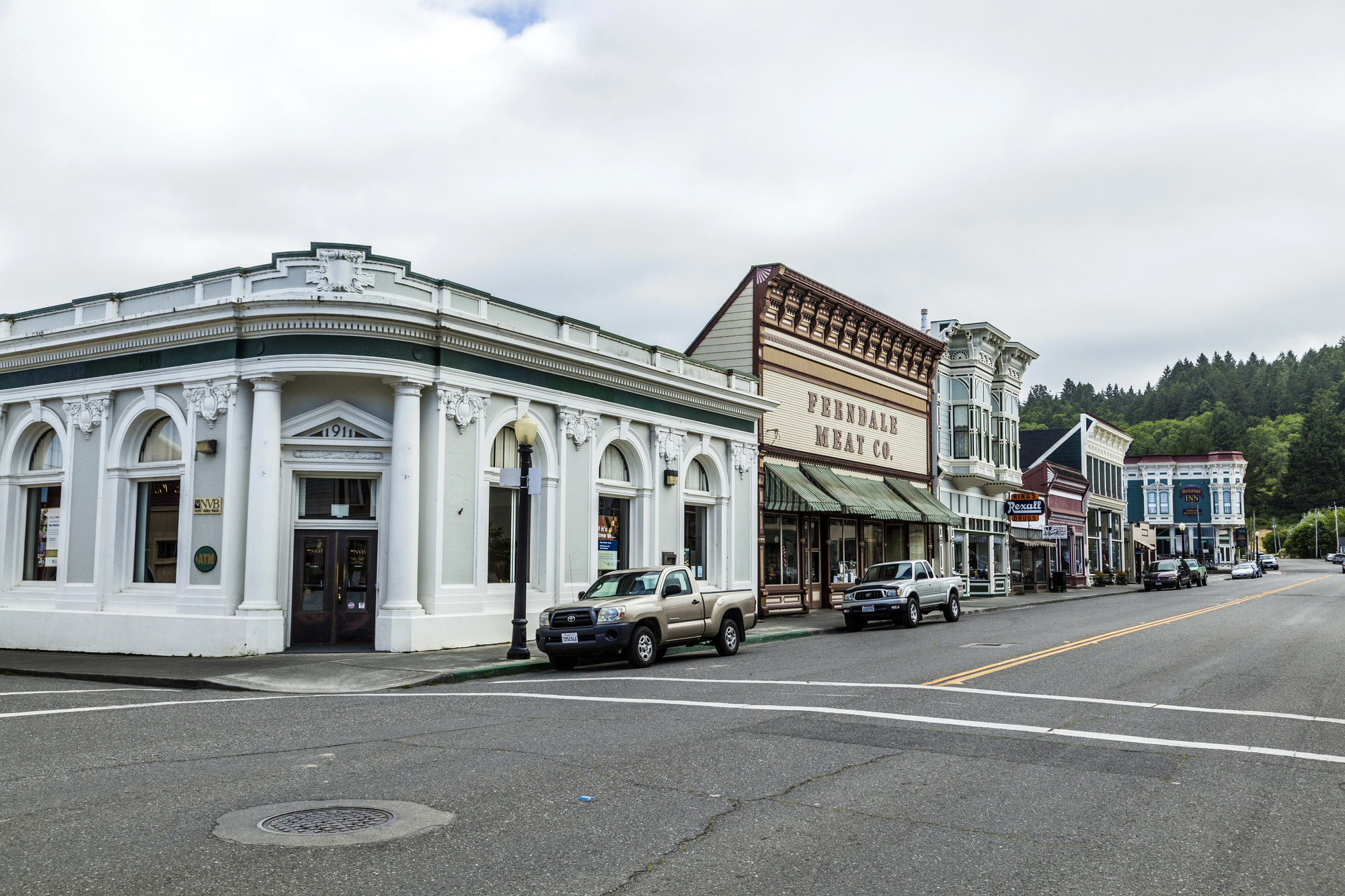
This American exclave, accessible by land only through Canada, sits 30 miles from Vancouver yet exists in peaceful isolation due to its unusual border situation. The five-square-mile peninsula features tranquil beaches, excellent wildlife viewing, and a tight-knit community of about 1,000 residents.
Visitors enjoy fresh seafood, peaceful forest walks, and whale watching, all within easy reach of Vancouver yet worlds apart in atmosphere.
Like Travel Pug’s content? Follow us on MSN.
Tubac, Arizona
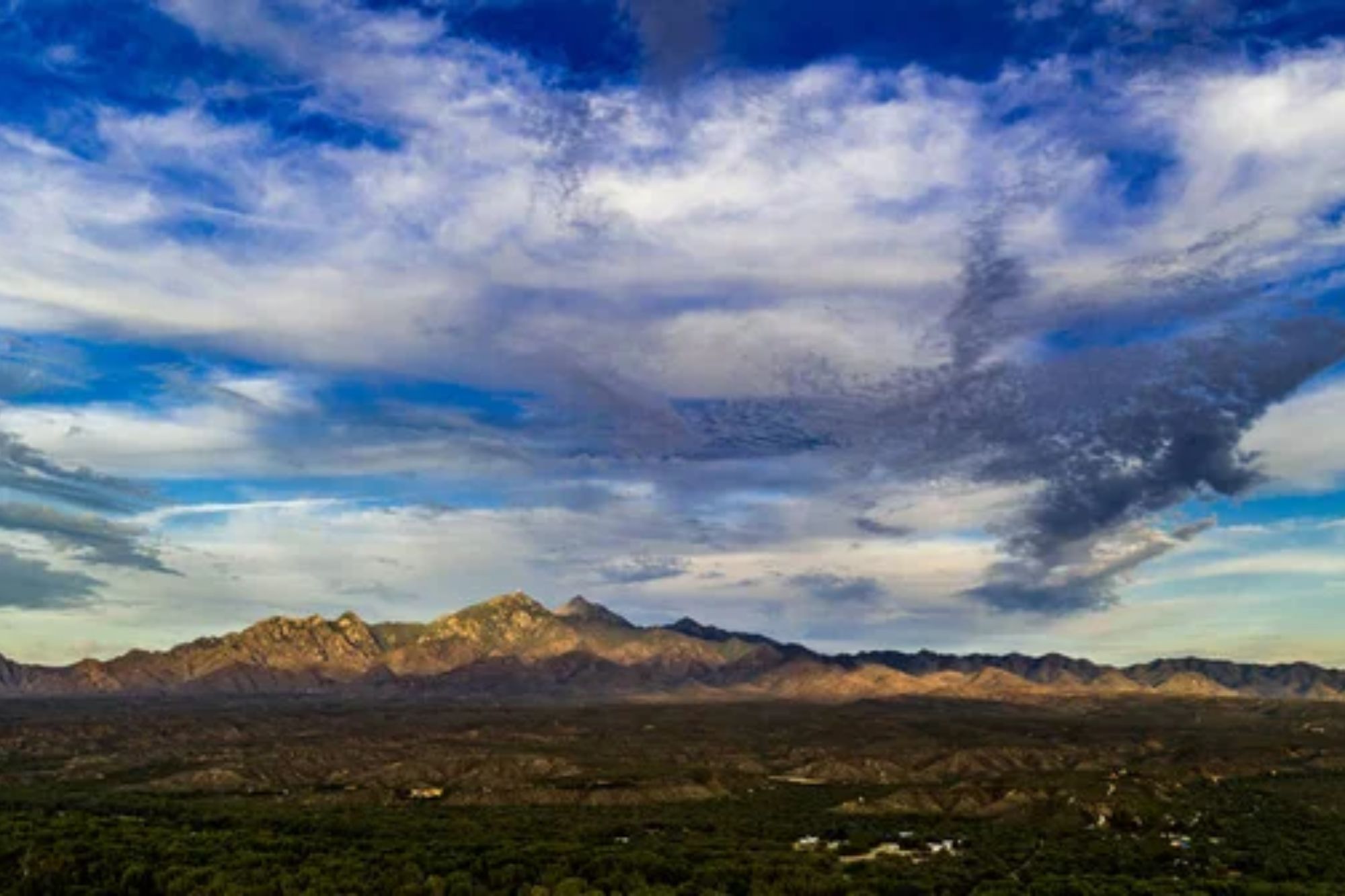
Located 45 minutes south of Tucson, this historic arts colony began as a Spanish fort in 1752 and now houses over 100 galleries and shops in adobe buildings. The peaceful village atmosphere contrasts with commercial tourism in Scottsdale or Sedona.
Nearby, Tubac Presidio State Historic Park provides context for the region’s cultural history, while the Santa Cruz River supports massive cottonwoods that create unexpected desert oases.
Cedar Key, Florida

While tourists flock to Florida’s developed Gulf Coast beaches two hours away, this island community maintains the authentic atmosphere of Old Florida. Located 60 miles southwest of Gainesville, the former lumber and fishing village hosts a small community of artists, writers, and fishermen.
Visitors enjoy fresh seafood in unpretentious waterfront restaurants, wildlife viewing in the surrounding refuge, and undeveloped sunset views across the Gulf.
Los Alamos, California
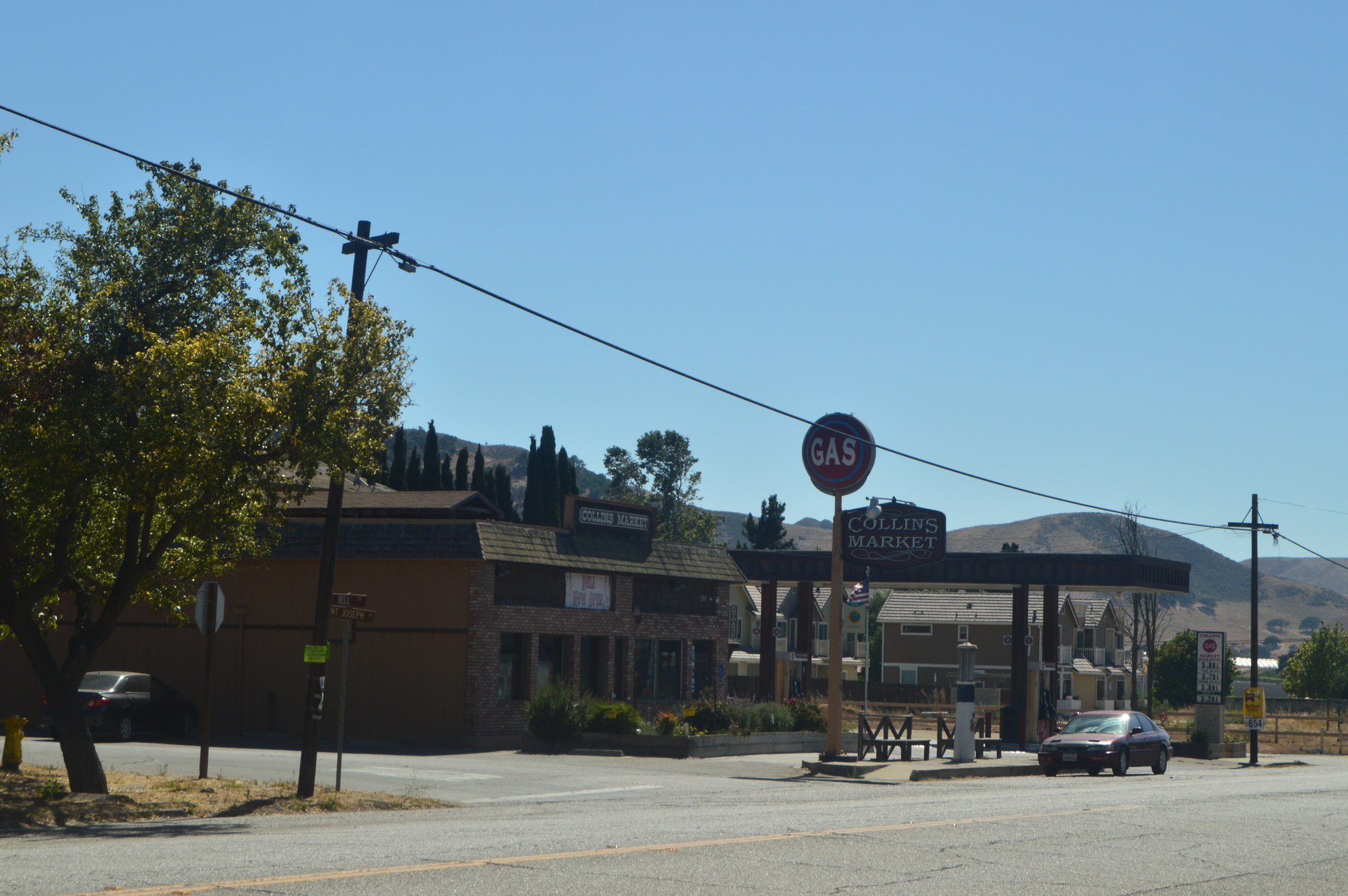
Positioned in Santa Barbara wine country yet overshadowed by more commercial Solvang, this former stagecoach stop maintains its authentic Western character. The seven-block downtown features 1880s buildings housing tasting rooms, farm-to-table restaurants, and local shops without tour buses.
Visitors appreciate the genuine atmosphere, where working ranchers still frequent the historic Union Hotel bar alongside wine tourists.
Like Travel Pug’s content? Follow us on MSN.
Salida, Colorado

While Aspen and Vail draw international crowds to manicured resorts, this mountain town 100 miles southwest of Denver maintains its unpretentious character despite offering comparable recreation. The preserved downtown features Colorado’s largest historic district with buildings from after an 1888 fire.
The Arkansas River provides world-class kayaking, while surrounding 14,000-foot peaks offer hiking without the crowds or prices of name-brand destinations.
Port Townsend, Washington
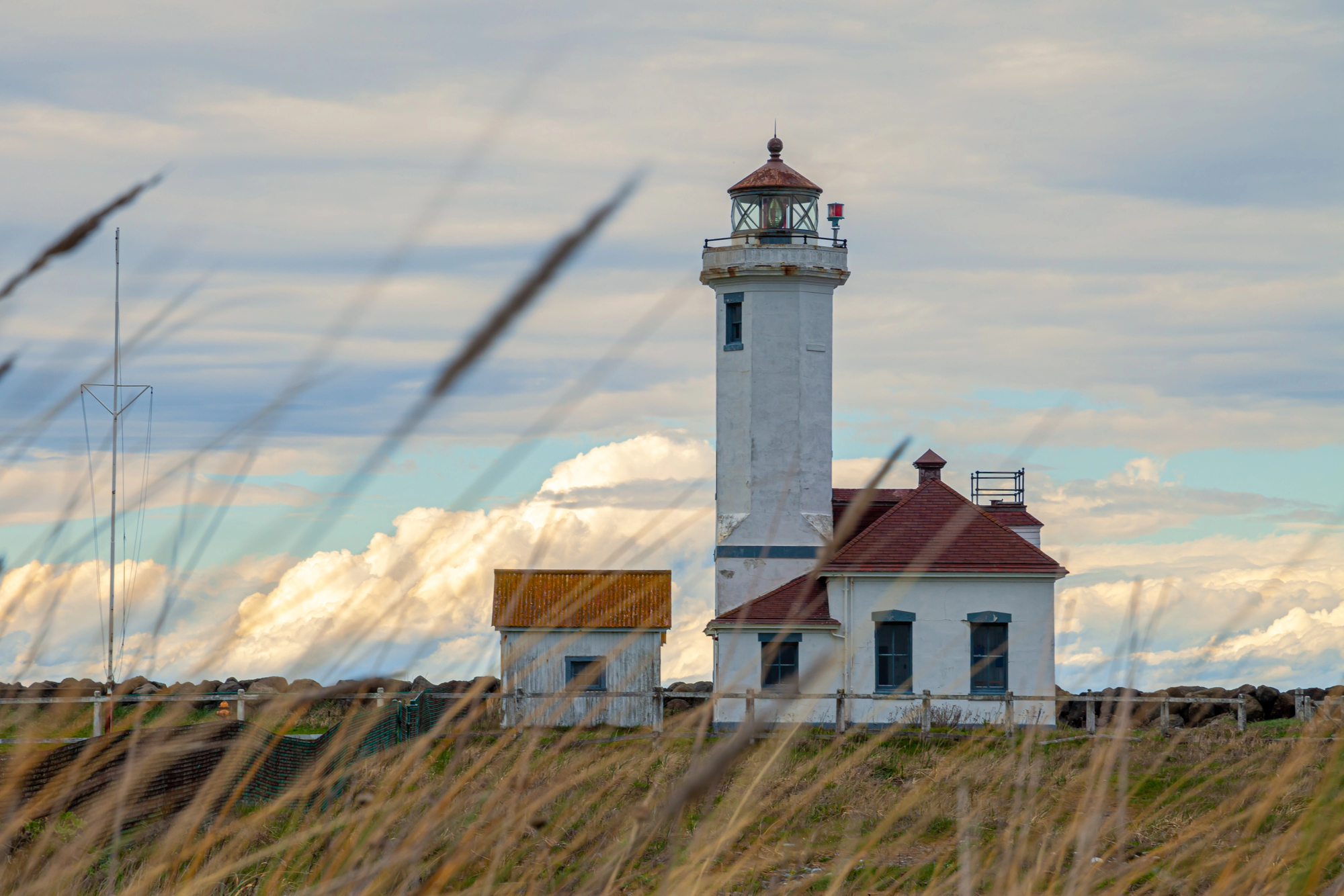
Located at the northeast tip of the Olympic Peninsula, 90 minutes from Seattle, this Victorian seaport was originally planned as a major shipping center before being temporarily forgotten, preserving its 19th-century architecture. Downtown features ornate buildings housing independent bookstores, performing arts venues, and restaurants serving local seafood.
Working boatyards maintain authentic maritime character while providing convenient access to Olympic National Park.
Yellow Springs, Ohio
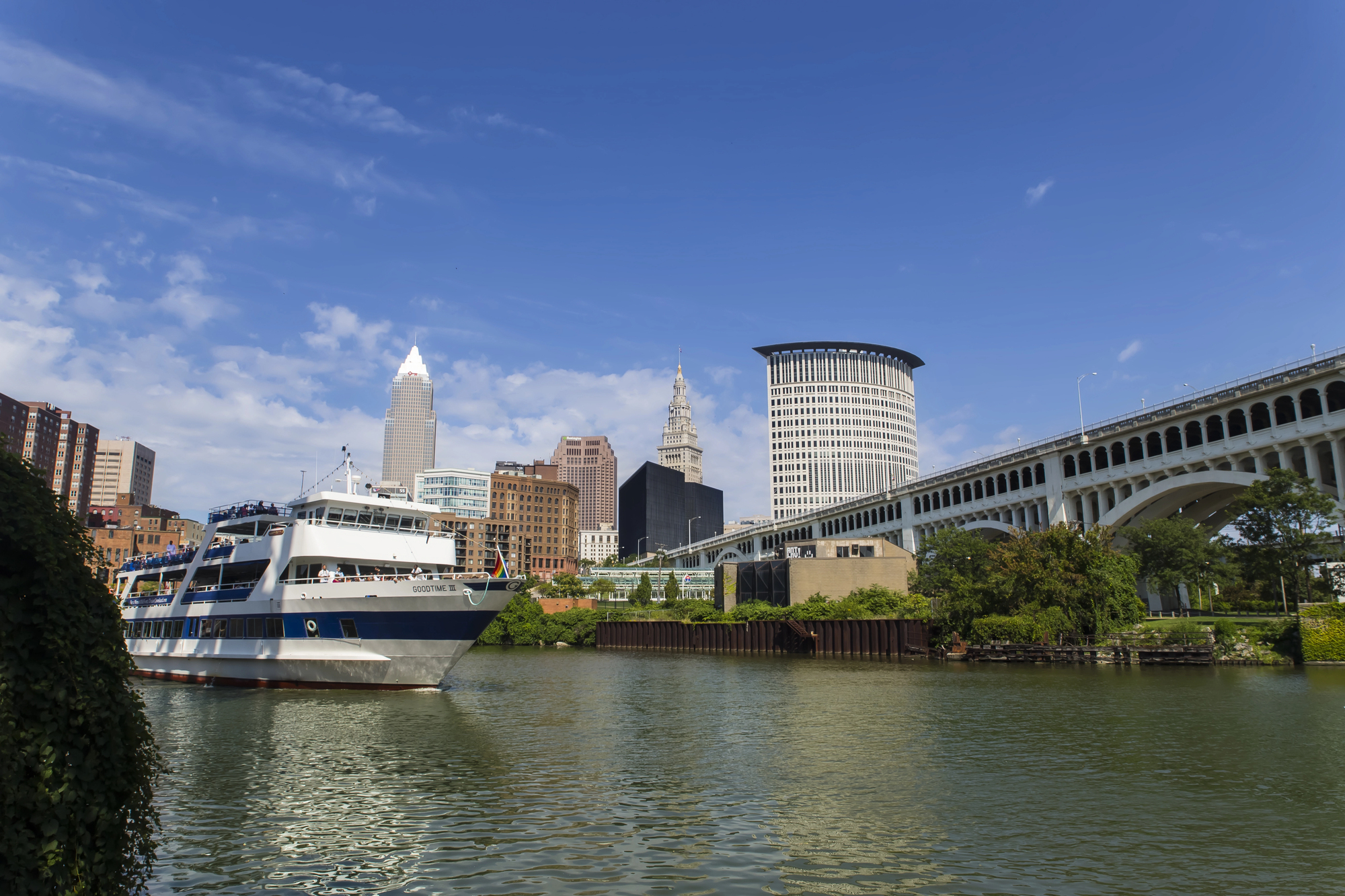
Just 30 minutes from Dayton and an hour from Columbus, this progressive village offers a peaceful alternative to Ohio’s larger destinations. The vibrant downtown features locally owned shops, galleries, and casual dining that reflect Antioch College’s progressive influence.
Nearby Glen Helen Nature Preserve provides 1,000 acres of forests, limestone cliffs, and waterfalls, offering outdoor experiences comparable to more distant natural attractions.
Like Travel Pug’s content? Follow us on MSN.
Marfa, Texas

This remote desert community, three hours from El Paso, has transformed from a ranching town into an unlikely art destination while maintaining its West Texas character. Donald Judd’s installations at the Chinati Foundation anchor the cultural scene, while isolation ensures it remains uncrowded despite international recognition.
Visitors appreciate the surreal juxtaposition of cutting-edge art against classic Texas landscapes and surprisingly sophisticated dining in historic adobe buildings.
Saugatuck, Michigan
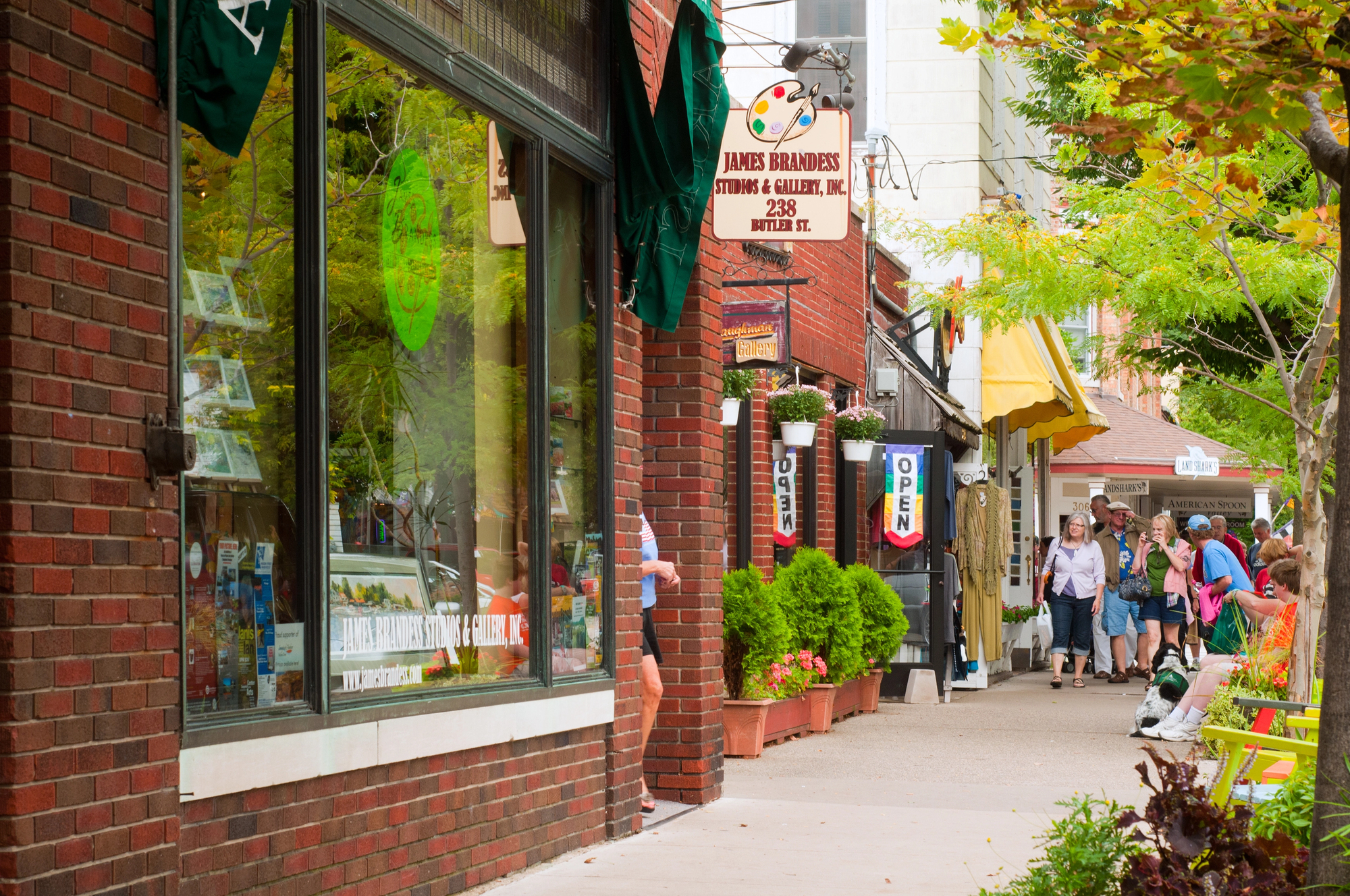
Just 40 minutes from Grand Rapids and three hours from Chicago, this lakeside community offers pristine dunes and a thriving arts scene without overwhelming summer crowds. The walkable downtown features galleries and shops in historic buildings, while nearby Oval Beach ranks among America’s best freshwater beaches despite remaining relatively unknown outside the region.
The combination of natural beauty and small-town atmosphere remains accessible to major Midwestern cities.
Madrid, New Mexico
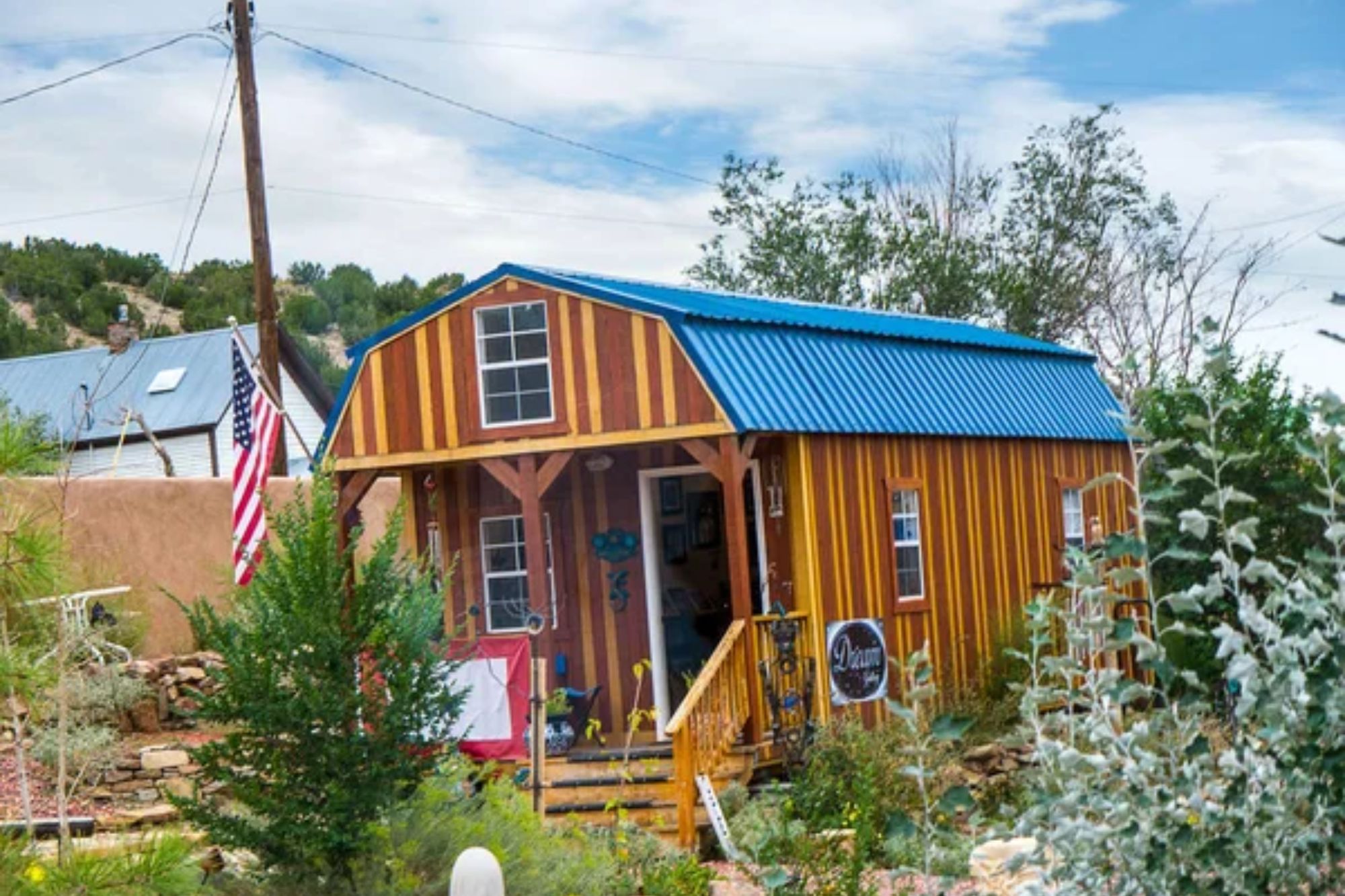
Located on the Turquoise Trail 30 minutes from Santa Fe, this former ghost town has been revitalized as an arts community offering authentic experiences without tourism infrastructure. Once an abandoned coal mining town, Madrid was revived by artists who restored colorful company houses into galleries, studios, and casual eateries.
Dusty mining relics sit alongside contemporary artwork in a dramatic high desert landscape, providing authentic Southwestern character.
Like Travel Pug’s content? Follow us on MSN.
Jim Thorpe, Pennsylvania
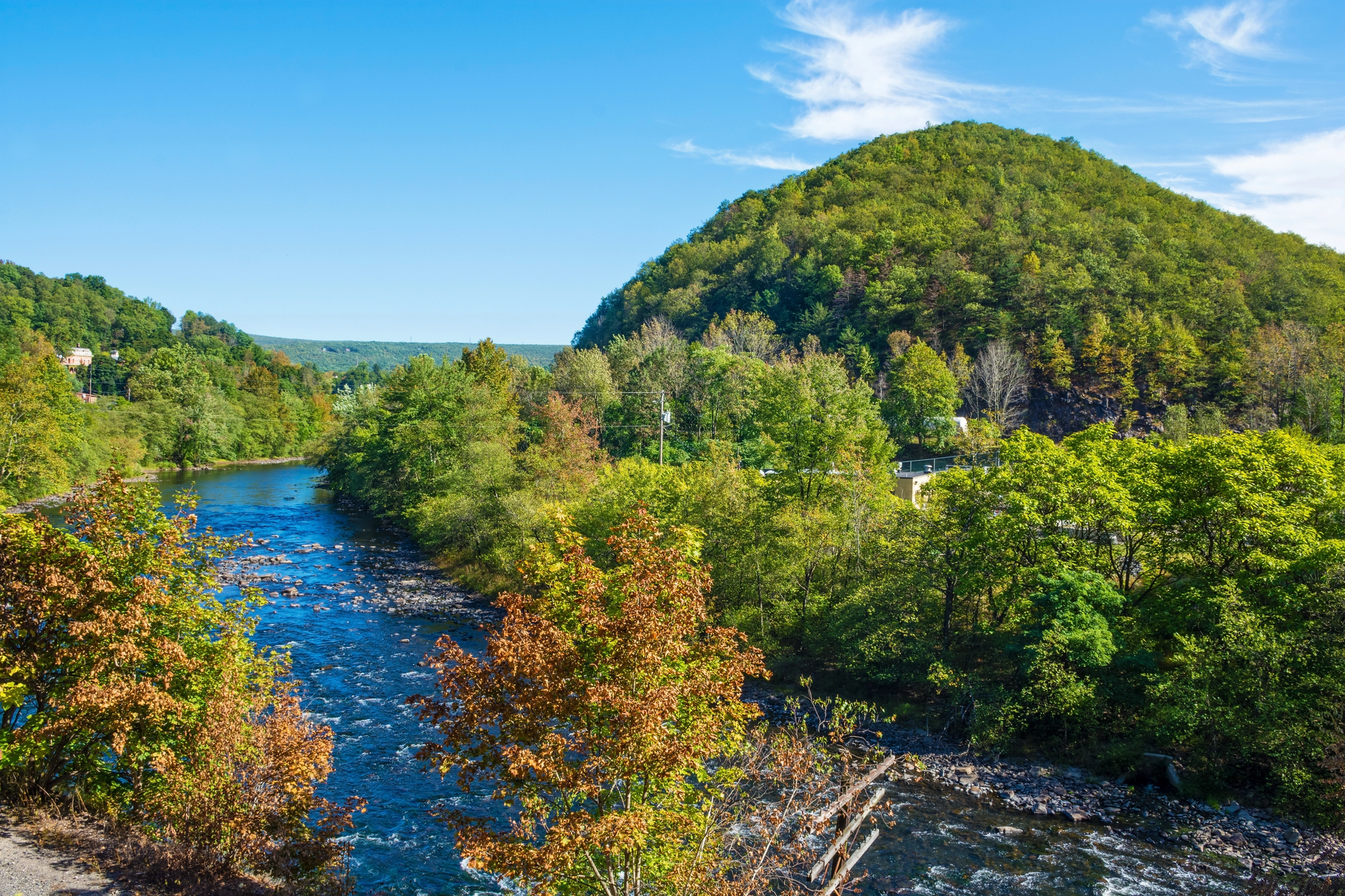
Nestled in Pennsylvania’s Lehigh Gorge, 90 minutes from Philadelphia, this Victorian town has been called the “Switzerland of America” for its mountainous setting and European architectural influences. The downtown features Second Empire and Federalist buildings housing museums, restaurants, and shops, while the surrounding landscapes offer outdoor recreation.
Historical authenticity and natural beauty remain available without extended travel from Northeast population centers.
Middleburg, Virginia
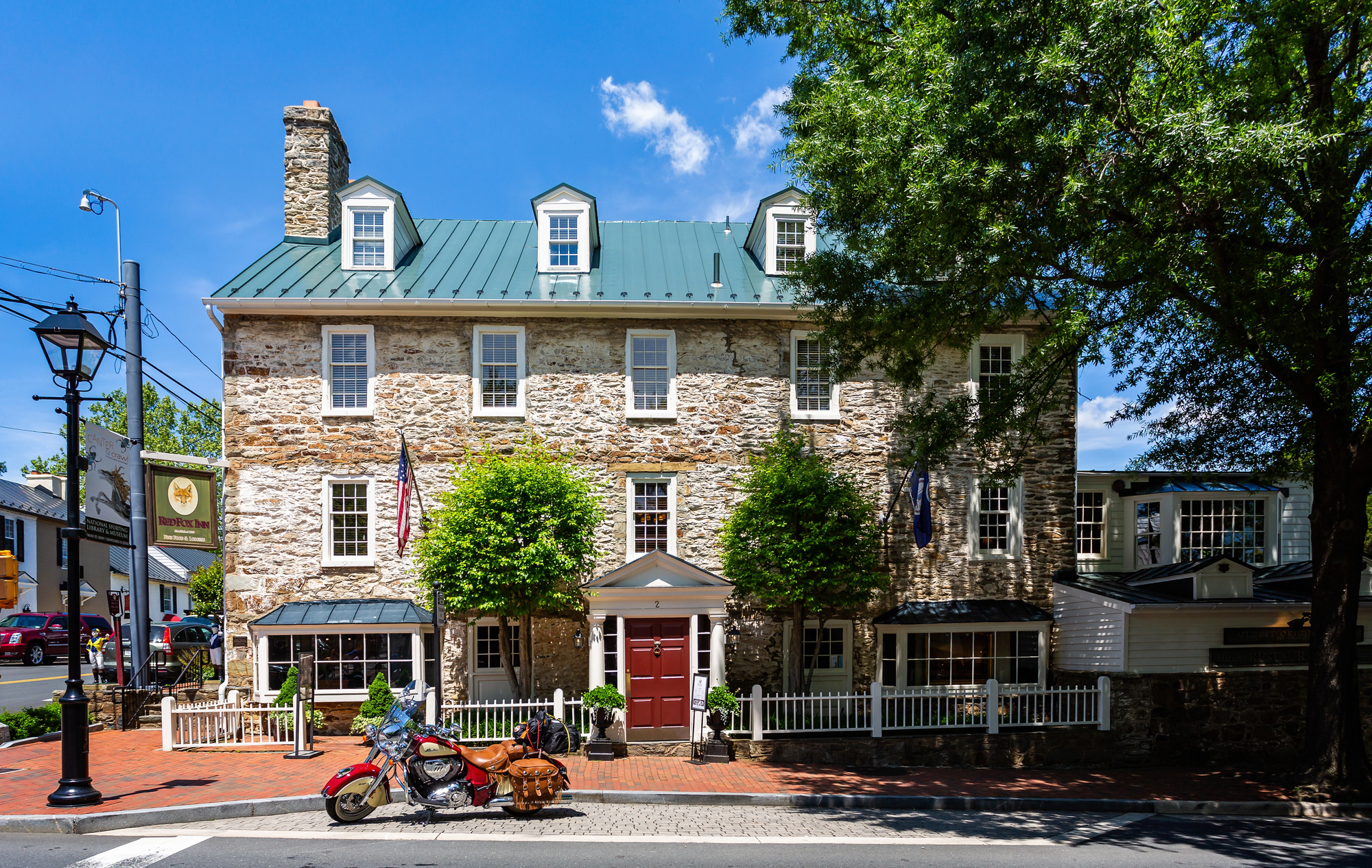
Located in Virginia horse country, an hour from Washington, DC, this historic village offers pastoral landscapes without the tourism development of nearby Shenandoah destinations. The four-block main street features Federal and Colonial buildings housing farm-to-table restaurants, boutiques, and galleries focusing on sporting art.
Peaceful countryside with stone walls, thoroughbred farms, and local wineries provides immersion in Virginia’s rural traditions just beyond the capital.
Ojai, California
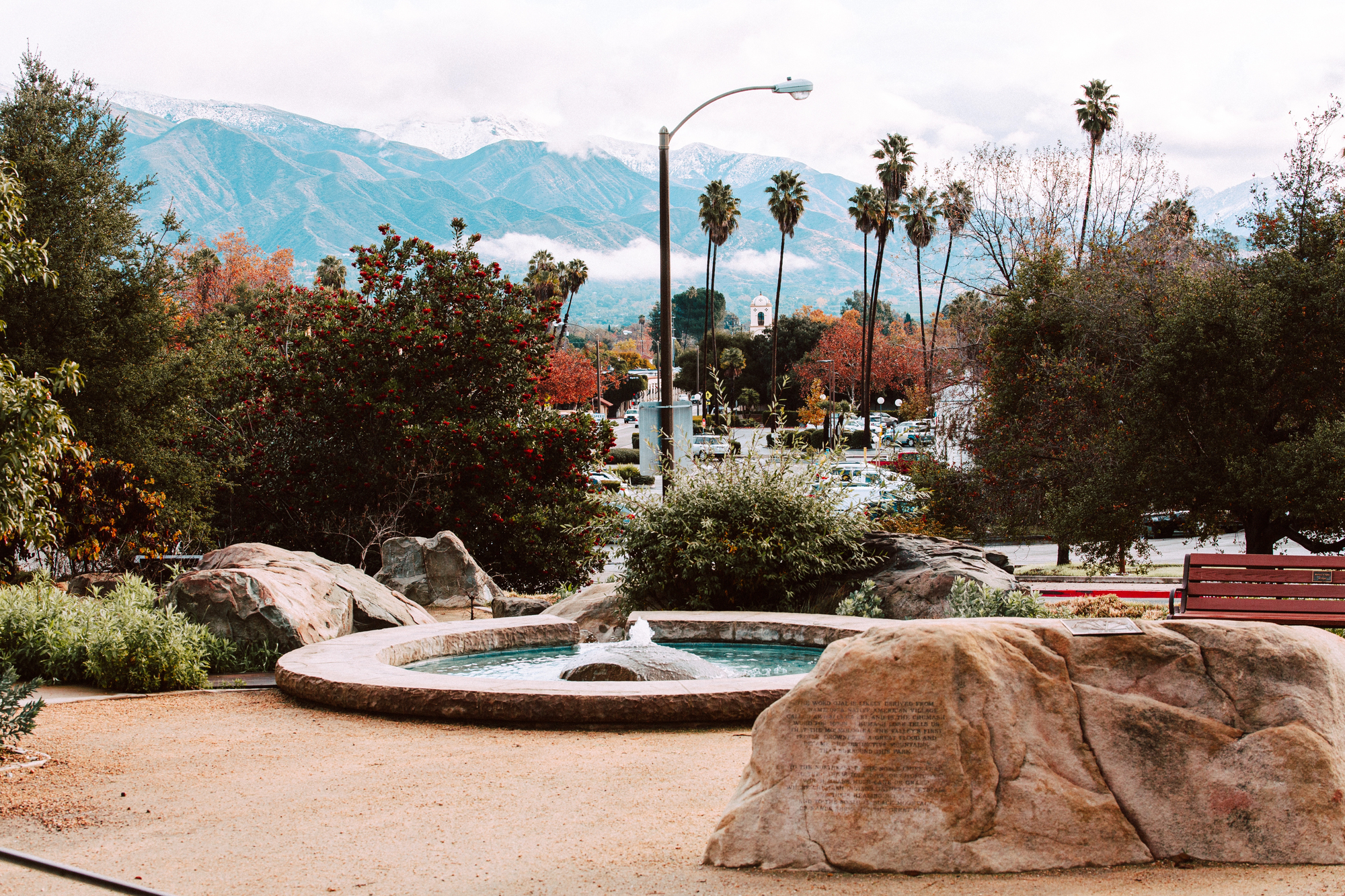
Situated inland from Santa Barbara in a valley regarded as having special energy, this artistic community maintains a peaceful atmosphere despite lying 90 minutes from Los Angeles. Spanish Colonial architecture dominates the walkable downtown, where chain store restrictions preserve independent retailers and restaurants showcasing local organic products.
Dramatic mountain views, farm-to-table dining, and wellness focus create a distinctive atmosphere accessible from coastal destinations.
Like Travel Pug’s content? Follow us on MSN.
Carlton, Oregon

Despite lying in Willamette Valley wine country an hour from Portland, this former logging town retains its unpretentious atmosphere while hosting over 40 wineries producing world-class Pinot Noir. The four-block downtown features restored early 20th-century buildings housing tasting rooms, farm-focused restaurants, and local shops without commercial development.
Direct interactions with winemakers, authentic local dining, and reasonable prices reflect the town’s genuine working community character.
Bisbee, Arizona

Perched in the Mule Mountains 90 minutes from Tucson near the Mexican border, this former mining boomtown features Victorian architecture built into canyon walls. Once among Arizona’s largest cities during its copper mining heyday, Bisbee evolved into an artists’ community when extraction declined.
The mile-high community’s famous 1,000-step outdoor staircase connects colorful neighborhoods where miners’ cottages house galleries and cafés, with desert hiking trails steps from downtown.
Authentic America Awaits
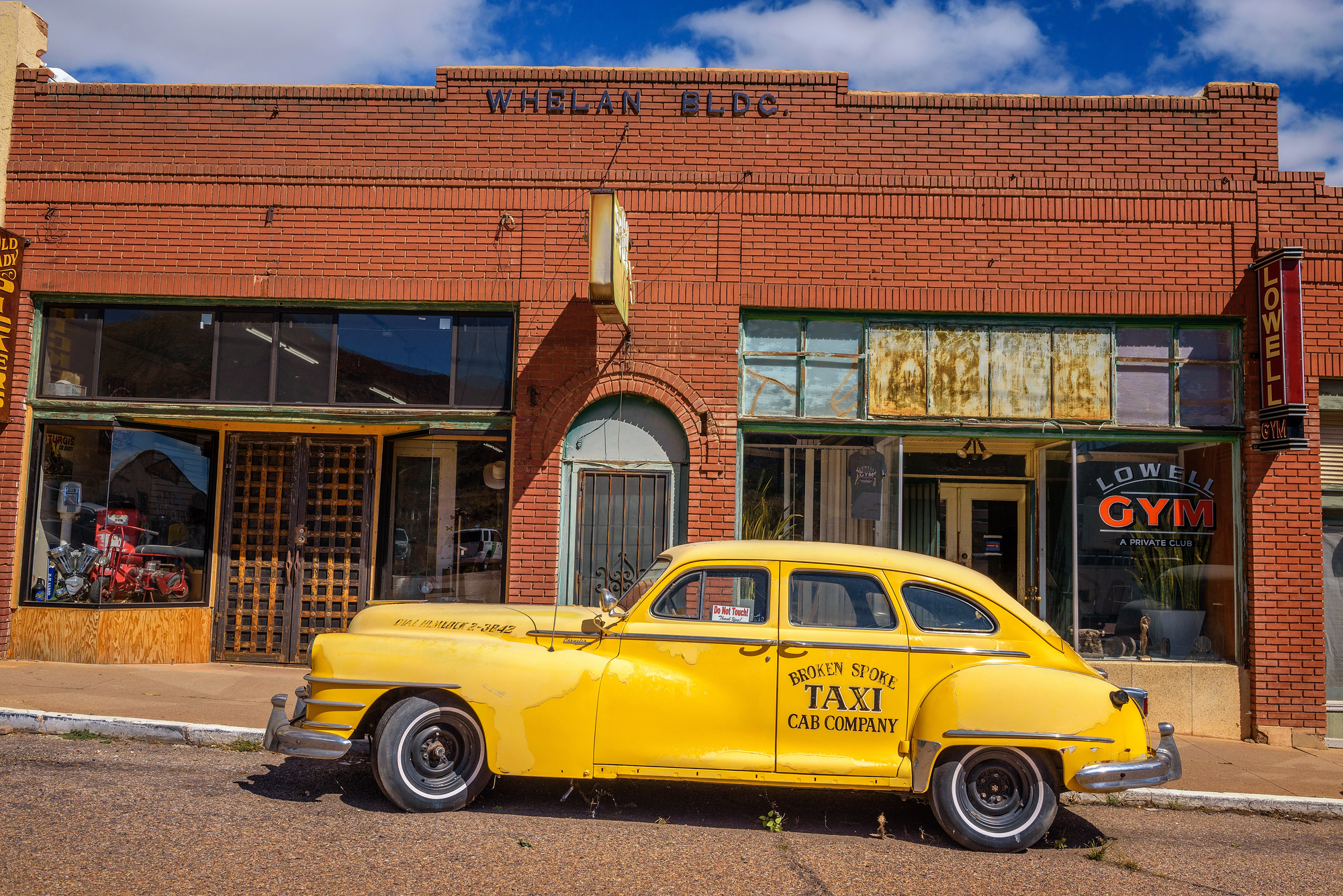
These communities demonstrate that authentic American experiences often exist just beyond heavily trafficked tourism corridors, offering both proximity to famous attractions and peaceful atmospheres increasingly rare in developed destinations. They reward visitors with reasonable prices, genuine local interactions, and distinctive regional character while supporting local economies that preserve the attributes making American regions genuinely worth exploring.
More from Travel Pug

- Cities Growing so Fast You Won’t Recognize Them in 10 Years
- 13 Destinations Where Tourists Regularly Regret Their Trip
- 16 U.S. Cities That Are Quietly Becoming Travel Hotspots
- Where to Travel If You Love Long Bus Rides and Daydreams
- 20 Cities Perfect for Solo Travelers Who Crave Adventure & Culture
Like Travel Pug’s content? Follow us on MSN.
